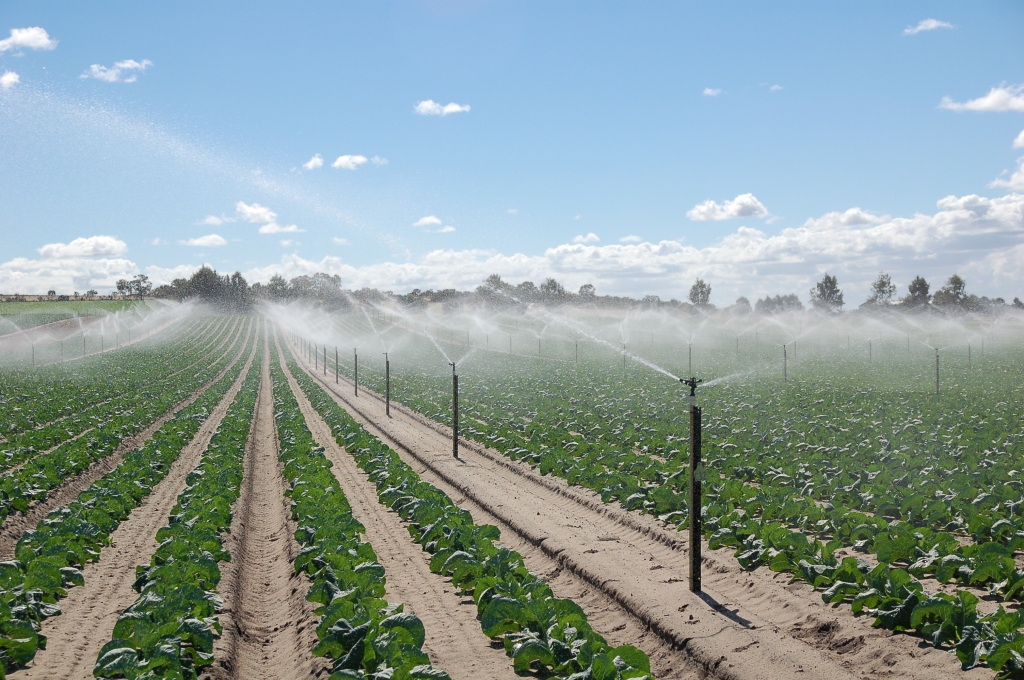Success Stories of Diverse Perennial Crop Systems on Homesteads
Homesteading is all about self-sufficiency and living off the land. While traditional farming methods often focus on annual crops, more and more homesteaders are turning to diverse perennial crop systems for sustainable food production. These systems offer a range of benefits, including reduced labor inputs, improved soil health, increased biodiversity, and long-term yields. In this article, we will explore some success stories of homesteaders who have successfully implemented diverse perennial crop systems on their properties.
1. The Nut Orchard: Tom and Sue’s Story
Tom and Sue own a small homestead in upstate New York where they decided to establish a nut orchard as the backbone of their perennial crop system. They planted a variety of nut trees such as chestnuts, hazelnuts, walnuts, and pecans throughout their property. By carefully selecting tree varieties that thrive in their climate zone and ensuring proper spacing between trees for optimal growth conditions, they were able to create a productive orchard.
The couple also integrated other perennial crops such as berry bushes (elderberries and blackberries) along the edges of the orchard to maximize space utilization. This not only provided additional income through berry sales but also attracted beneficial insects for pollination throughout the entire orchard.
2. The Food Forest: Sarah’s Story
Sarah’s homestead in Oregon is an inspiring example of how permaculture principles can be applied to create a thriving food forest ecosystem. She started with planting fruit trees like apple, pear, peach, plum, cherry varieties that suited her region’s climate.
To enhance biodiversity within her food forest system while providing natural pest control services without chemical intervention she incorporated companion plants like comfrey (which helps improve soil fertility), dandelions (a favorite nectar source for bees), yarrow (attracts predatory wasps), and clover (fixes nitrogen). She also incorporated perennial herbs like rosemary, thyme, and mint to add diversity and flavor to her kitchen garden.
Sarah’s food forest has not only provided an abundance of fresh fruits but also a variety of vegetables, nuts, and medicinal herbs. The layered structure created by the different tree heights ensures efficient use of space while mimicking natural woodland ecosystems.
3. The Vineyard: Mark and Lisa’s Story
Mark and Lisa own a homestead in California where they decided to establish a vineyard as their primary source of income. They carefully selected grape varieties that were suited for their region’s climate and soil conditions. By implementing sustainable farming practices such as organic fertilizers, drip irrigation systems, and integrated pest management techniques, they successfully grew healthy grapevines without the need for excessive chemical inputs.
To diversify their crop system further, they planted fruit trees like apricots, peaches, plums along with rows of lavender between the vines. This not only added beauty to the vineyard but also attracted beneficial insects that helped control pests naturally.
4. The Perennial Vegetable Farm: John’s Story
John owns a small homestead in Minnesota where he wanted to focus on growing perennial vegetables instead of relying solely on annual crops. He started with establishing asparagus beds which thrive in his region’s colder climate. Over time he incorporated other perennial vegetables such as rhubarb, artichokes, kale varieties (perennial kales), and Jerusalem artichokes (a sunflower relative).
By dedicating a portion of his land exclusively to perennial vegetable production and using organic methods for fertility maintenance and pest control such as composting manure from local sources or cover cropping with legumes for nitrogen fixation he was able to create a productive farm with year-round yields.
5. The Medicinal Herb Garden: Rachel’s Story
Rachel transformed her backyard into a beautiful medicinal herb garden on her urban homestead in New Mexico. She focused on growing a variety of perennial herbs like lavender, chamomile, echinacea, lemon balm, and calendula for their medicinal properties.
With careful planning and research, Rachel created microclimates within her garden to accommodate different herb varieties that require specific growing conditions. For instance, she dedicated a sunny spot for lavender while providing shade or partial shade to herbs like lemon balm that prefer cooler temperatures.
Rachel’s thriving herb garden not only provides her with an abundant supply of medicinal herbs but also serves as a place of tranquility and beauty within the urban setting.
In conclusion, these success stories demonstrate the potential of diverse perennial crop systems on homesteads. Whether it’s establishing a nut orchard, creating food forests or vineyards, focusing on perennial vegetables or medicinal herbs – homesteaders can achieve sustainable food production while enjoying numerous benefits such as reduced labor inputs and improved biodiversity. By following in the footsteps of these successful homesteaders, others can embark on their own journey towards self-sufficiency and resilience through diverse perennial crop systems.


Leave a comment